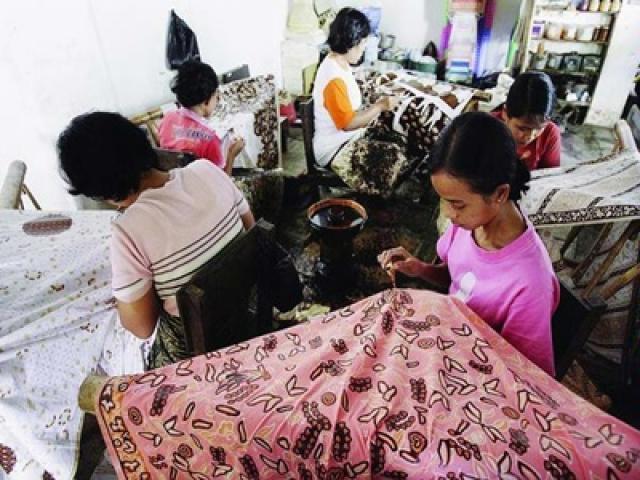
Batik Handicrafts started to be well-known a few centuries ago in the land of Java. Traced the development of batik in Java, meals can not separate from the batik art of development in Central Java. Batik Jogja is part of historical development in Central Java that has experienced the mix of several shades of other areas. It can not be separated from the Giyanti Treaty of 1755. Once the Mataram kingdom split into two, there was: the Kraton Ngayogyakarta stand, clothing Mataram trafficked from Surakarta to Ngayogyakarta. Sri Susuhunan Pakubuwono II designs custom clothing that is different from Surakarta Palace Fashion.
Giyanti village talks took place and the results were as follows: Region Mataram was divided into two, one part under the authority of Sri Paduka Sri PB II in Surakarta Sultanate, partly under the control of Prince Kanjeng Mangkubumi that after taking the title of king Dalem Ngersa Sampeyan Dalem Ingkang Sinuhun Kangjeng Sultan Buwana Senopati ing Ngalaga Ngabdul Rachman Sayidin Panatagama Kalifatullah ingkang jumeneng Kaping I, then the court is called Ngayogyakarta, All of Mataram heirloom halved. The clothing batik of Mataraman was brought to Yogyakarta because Kanjeng Pangeran Mangkubumi wanted to preserve it. Under the rule of Sri Paduka Susuhunan PB III, new design fashion and managed to make custom clothing for Surakarta palace as seen today.
There are two characteristic Yogyakarta batik styles, kinds of background or base color of white and black cloth. Batik colors can be white, navy blue, and brown Soga. Sered white clothing labored is breaking conceded Soga, good fabric black and white background. Variety of decorations: the geometric slashes Lerek, crosshairs or fried, Kawung, woven, and Limaran. Decorative non-geometric cement, lung, and Boketan scrolls. The decorative symbolism is close to Java-Hindu philosophies. Sawat symbol of the king's crown, the Meru symbol of earth, the Dragon is a symbol of water, and the bird is a symbol of wind.
